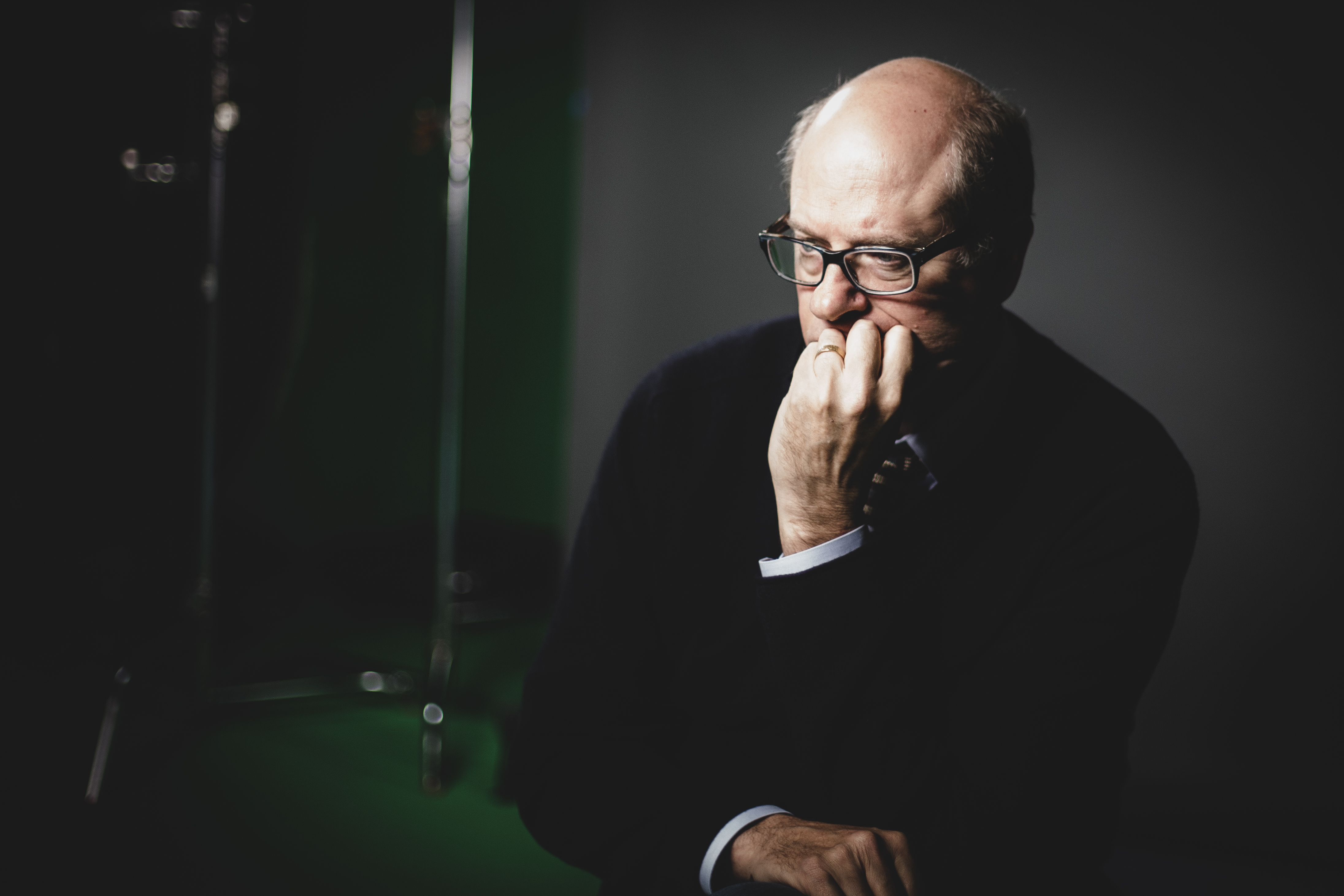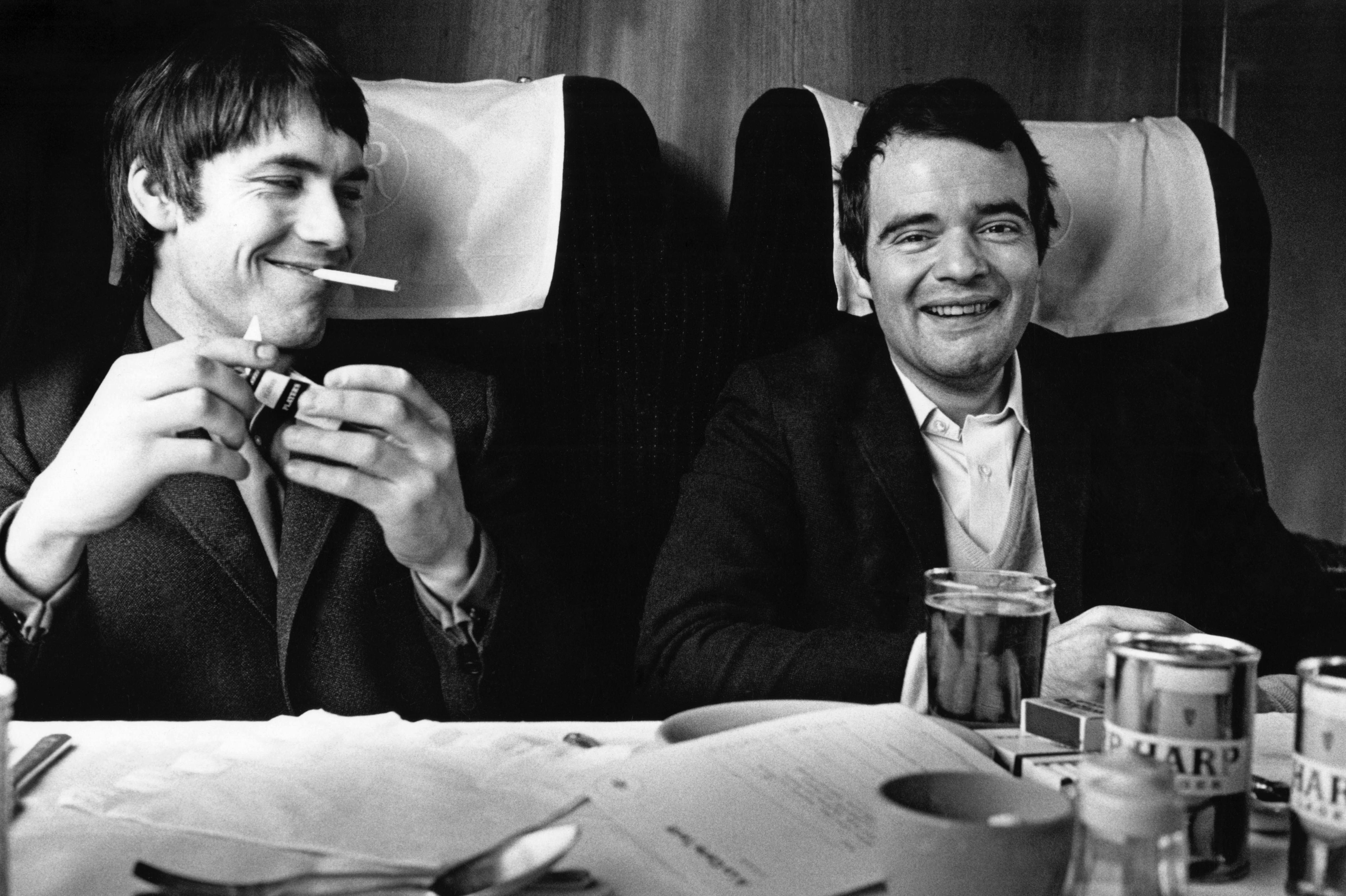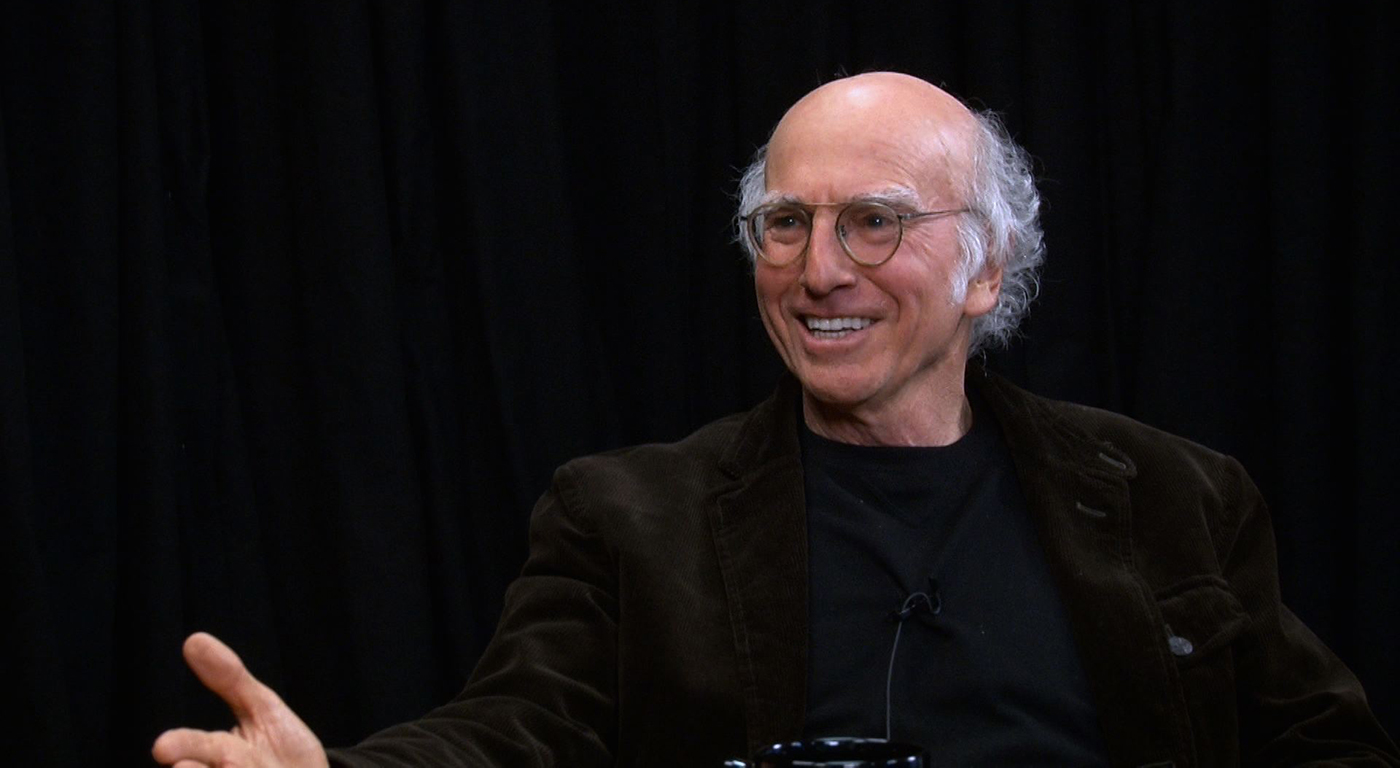ALMOST A DECADE after its 1991 French release, Leos Carax’s The Lovers on the Bridge (a rather prosaic translation of the original French title, Les Amant du Pont-Neuf) has finally come to America. The most expensive film ever made in France at the time, it was a commercial disaster and was alternately celebrated as a triumph of personal expression and vilified as the French equivalent of Heaven’s Gate. It’s easy to see both sides of the argument: Carax has made a film of almost pure emotional expression where the images dance with color, built on a scant narrative with a destructive hero who does despicable things for purely selfish reasons.
THE LOVERS ON THE BRIDGE
directed by Leos Carax
starring Juliette Binoche, Denis Lavant
September 3-9 at Varsity
Alex (Denis Lavant), a volatile, alcoholic street performer with a lovable impulsiveness that masks deeper mental scars, lives on the closed-for-repairs Pont-Neuf with his best friend/mentor Hans (Klaus-Michale Gruber). Into their lives wanders Michele (Juliette Binoche), an emotionally distraught artist slowly losing her sight. As impulsive as Alex, she embraces the scruffy street performer like a soul mate and the two find a sort of equilibrium with each other, living a bohemian fantasy life.
The fantasy, of course, isn’t undisturbed.
The city is suddenly plastered with “MISSING” posters bearing the face of Michele and information that could save her sight. Threatened by the thought of losing Michele, Alex hunts down and destroys every single poster—a selfish, possessive, and ultimately brutal act that Carax twists into a perversely Quixotic quest, the epitome of l’amour fou.
It’s hard to empathize with Carax’s treatment of his protagonist. The director suggests that Alex’s outpouring of love can redeem his essentially selfish nature, that his passion overcomes his destructive campaign to keep Michele at the expense of her art and her sight. And while the romantic delirium that concludes the film is nothing short of gorgeous (Carax even pays homage to Jean Vigo’s surrealist romantic classic L’Atalante), it feels unearned. Perhaps I’m old-fashioned, but I prefer love to be defined by how much one person will sacrifice for another, not how much one person will sacrifice of another.
BUT THERE’S NO DENYING Carax’s talent. Lovers on the Bridge is informed by a great cinematic intelligence and a tremendous confidence. Every frame of the film is meticulously tailored by Carax, who was able to exert a Kubrickian control by creating his own environment. After delays caused him to abandon shooting on the actual Pont-Neuf, he built his own version, complete with surrounding neighborhoods, on a lake in southern France. This is, of course, what spiraled the budget out of control, but it also allowed Carax to create an amazing alternate reality mirroring the real world. In Carax’s Paris, a locksmith-turned-street person can jimmy his way into one of the most heavily protected art museums in the world just to admire the beauty by candlelight, and three homeless souls can make the Pont-Neuf, the oldest and most famous bridge in Paris, their home for a summer, undisturbed by the police.
Lovers on the Bridge is a movie made for the big screen, a lush cinematic painting of love, passion, and madness expressed in a romantic surrealist style. Tour de force scenes—waterskiing down the Seine as strings of lights dance on the water, fireworks exploding overhead while the lovers giggle in a private joke, Alex leaping and somersaulting while blowing flowers of fire during a street performance—express the rich emotional lives of the characters. The only way to appreciate Lovers on the Bridge is to give yourself up to this expression, to lose your way in the flurry of color and motion and passion. Once you step outside the fantasy, the colors tend to melt into a beautiful but puzzling mess.







